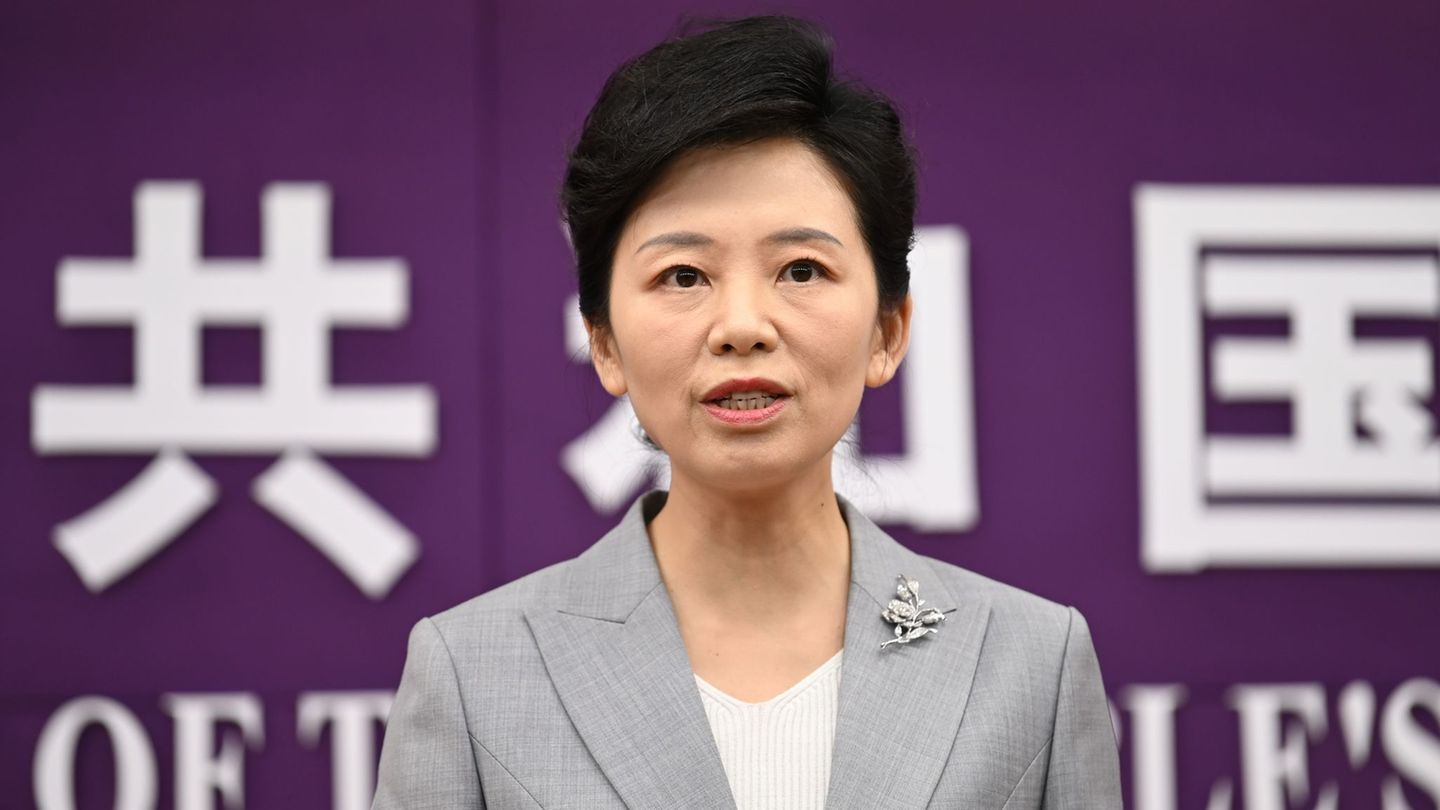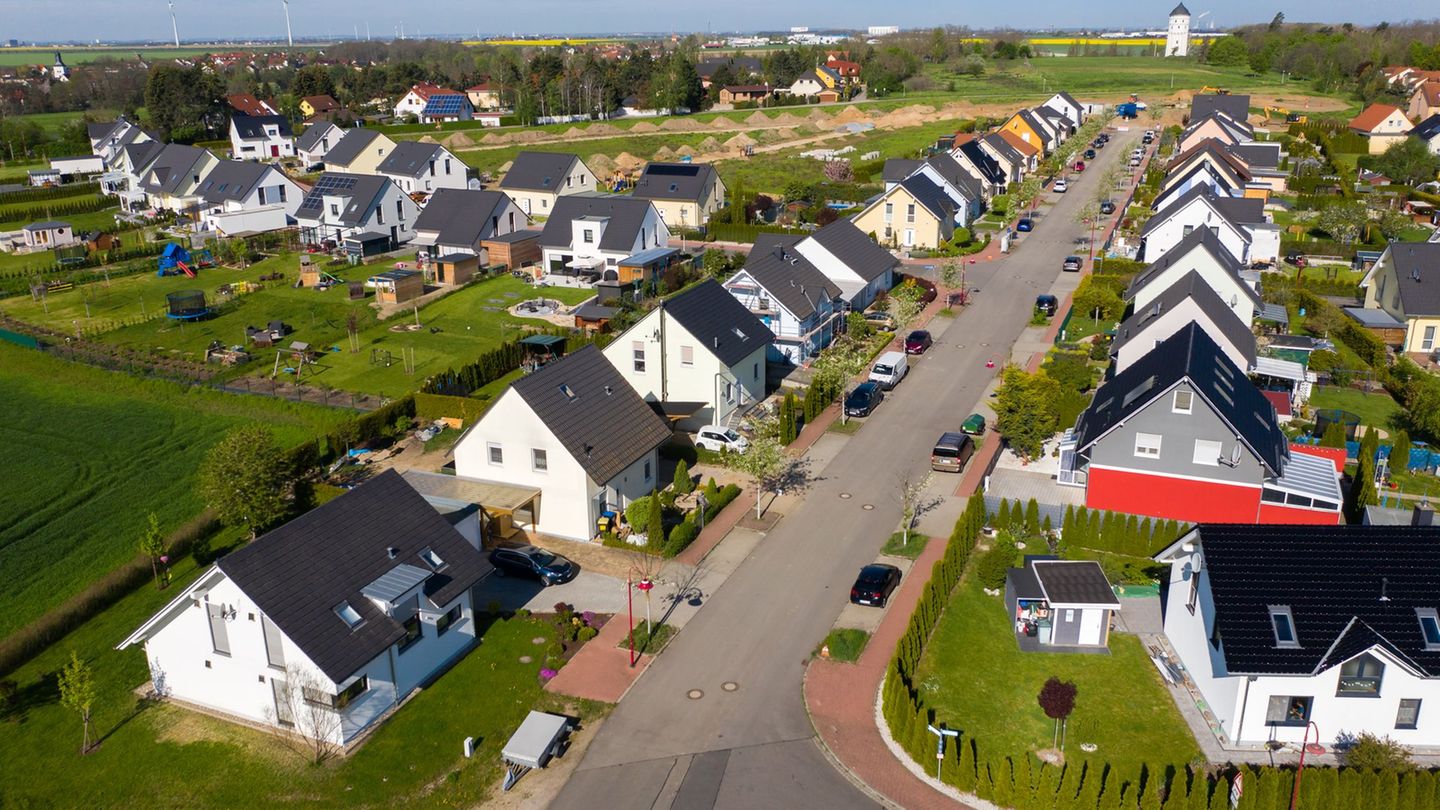In this context, Country Risk exceeds 1,800 basis points for the first time since December 1, by climbing 0.8% this Friday and reaching 1,801 units.
On Wednesday at Casa Rosada, the Minister of Economy Guzmán revealed that “the fiscal path is the core aspect of the negotiations with the IMF and where until now there is still no agreement.”
From the Government they intend a gradual reduction of the deficit “compatible with the sustainability of the public debt and a redefinition of public spending”, and fundamentally underpinned by the “virtuous” path of economic recovery, to reach a fiscal balance approximately in 2027. Meanwhile, from the multilateral credit organization they intend to cut spending in real terms for the short term.
“The Fund calls for an adjustment policy that the Argentine government is not willing to carry out because it compromises the Argentine people and their ability to grow and develop,” said the presidential spokeswoman, Gabriela Cerruti, at the first press conference of the year. “We hope that it can be resolved as soon as possible (…) Argentina is not going to default,” he added.
The Argentine proposal also raises the need to carry out “a countercyclical fiscal policy to support the ongoing recovery, improve the targeting of the use of State resources, boost capital spending, Education, and Science & Technology, to increase the short-term multipliers and long-term growth and a strengthening of the tax administration that increases progressivity “.
Where there has been an agreement so far with the Fund was on the need to reduce the financing of the deficit with issuance, and to establish various instruments to attack inflation, which include not only lower issuance but also an increase in exports and price agreements to coordinate expectations.
The Government also promised to establish positive real interest rates, a path that seems to have already begun, and to have a real exchange rate consistent with the trade surplus, the accumulation of reserves and the regulation of the financial account.
“It was expected that, given the pressing situation of reserves and the upcoming debt payment commitments, they would act as a catalyst for progress in an agreement with the IMF. The reality is that at the moment there are no signs of an agreement,” he said the consulting firm Delphos Investment.
Actions
Meanwhile, after falling into the previous round, the Buenos Aires stock market recovered this Friday through prudent selective purchases after the reconfiguration of the monetary policy instruments established by the Central Bank (BCRA).
The S&P Merval de Bolsas y Mercados Argentinos (BYMA) bounced 0.7%, to 84,432 units, and in the week it posted an improvement of 1.1%. The gains were led by the energy sector, in a week with significant increases in the international price of oil, and by the financial sector, favored by the rise in BCRA rates.
The ADRs operated this day with the majority of increases on Wall Street, although in the weekly accumulated they operated rather negatively, with collapses close to 20% in the shares of Globant and Mercado Libre.
It is worth remembering that in the US, Fed officials approached a tightening of their monetary policy in their last meeting in December, which would imply a reduction in their asset holdings and a rate hike earlier than expected. This boosts bank roles but hurts so-called “growth” stocks like those in the tech sector.
At the local level, the Central raised this Thursday from 38% to 40% the nominal annual yield (TNA) of the Leliqs. In effective terms, the annual return (TEA) would be 48.3%, a figure that still seems insufficient to beat inflation, taking into account that the expected price increase for 2022 is 52.1%, according to the latest REM.
Likewise, the entity led by Miguel Ángel Pesce also increased the fixed-term rates, determined the progressive elimination of passive passes to seven days, and created a new 180-day Leliq, with a TNA of 44% and an TEA of 48, 9%.
“This is a very small step on a long road to monetary and financial normalization. Liquidity growth remains extraordinarily high: from a narrow monetary base to higher monetary aggregates such as M3 (which includes public money , demand deposits and time deposits), “said Alberto Ramos, an analyst at Goldman Sachs.
“To a large extent, the monetary authority lost the ability to control internal liquidity due to the need to cover large amounts of fiscal financing via issuance,” he added.
Source From: Ambito
David William is a talented author who has made a name for himself in the world of writing. He is a professional author who writes on a wide range of topics, from general interest to opinion news. David is currently working as a writer at 24 hours worlds where he brings his unique perspective and in-depth research to his articles, making them both informative and engaging.




